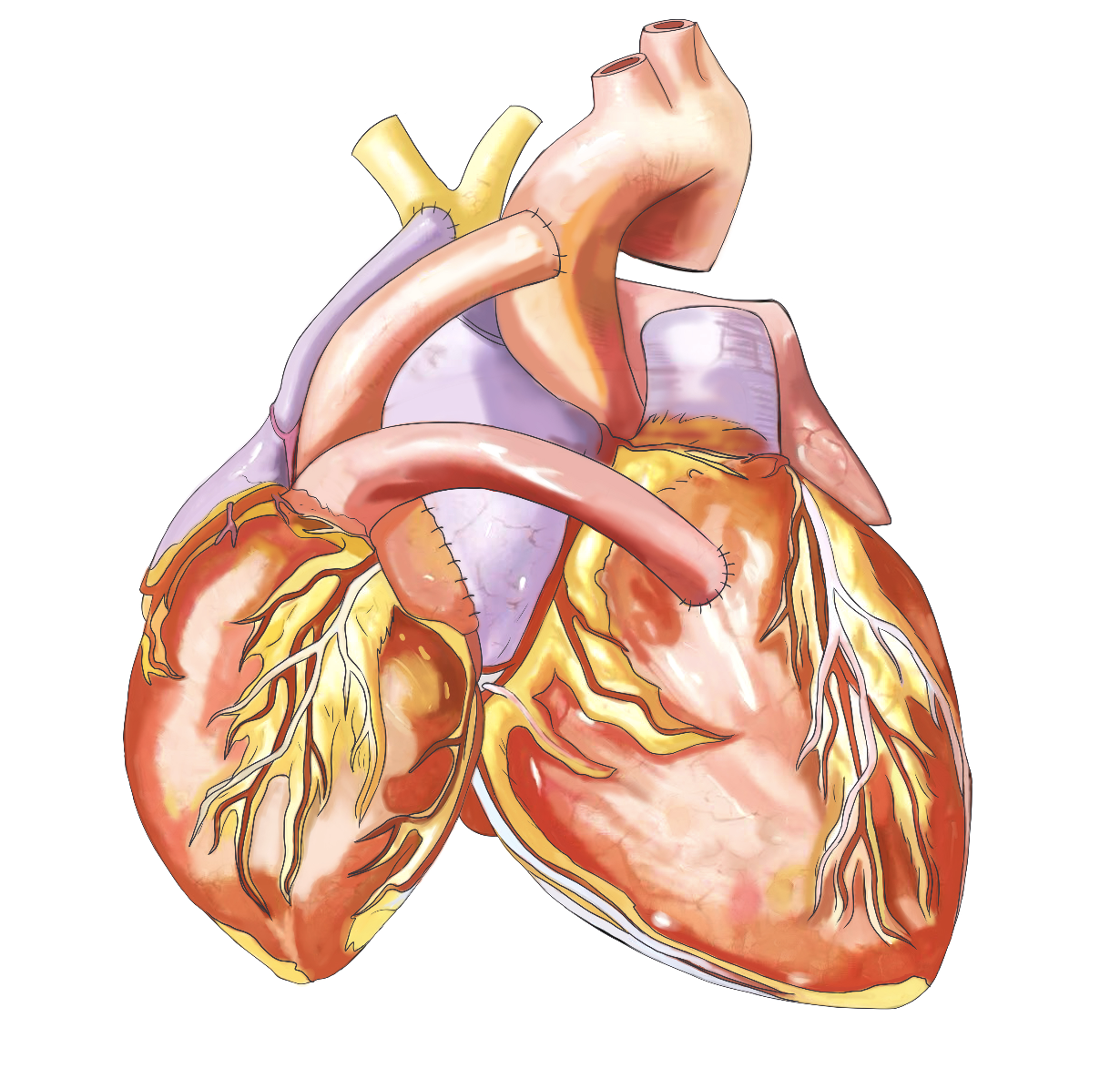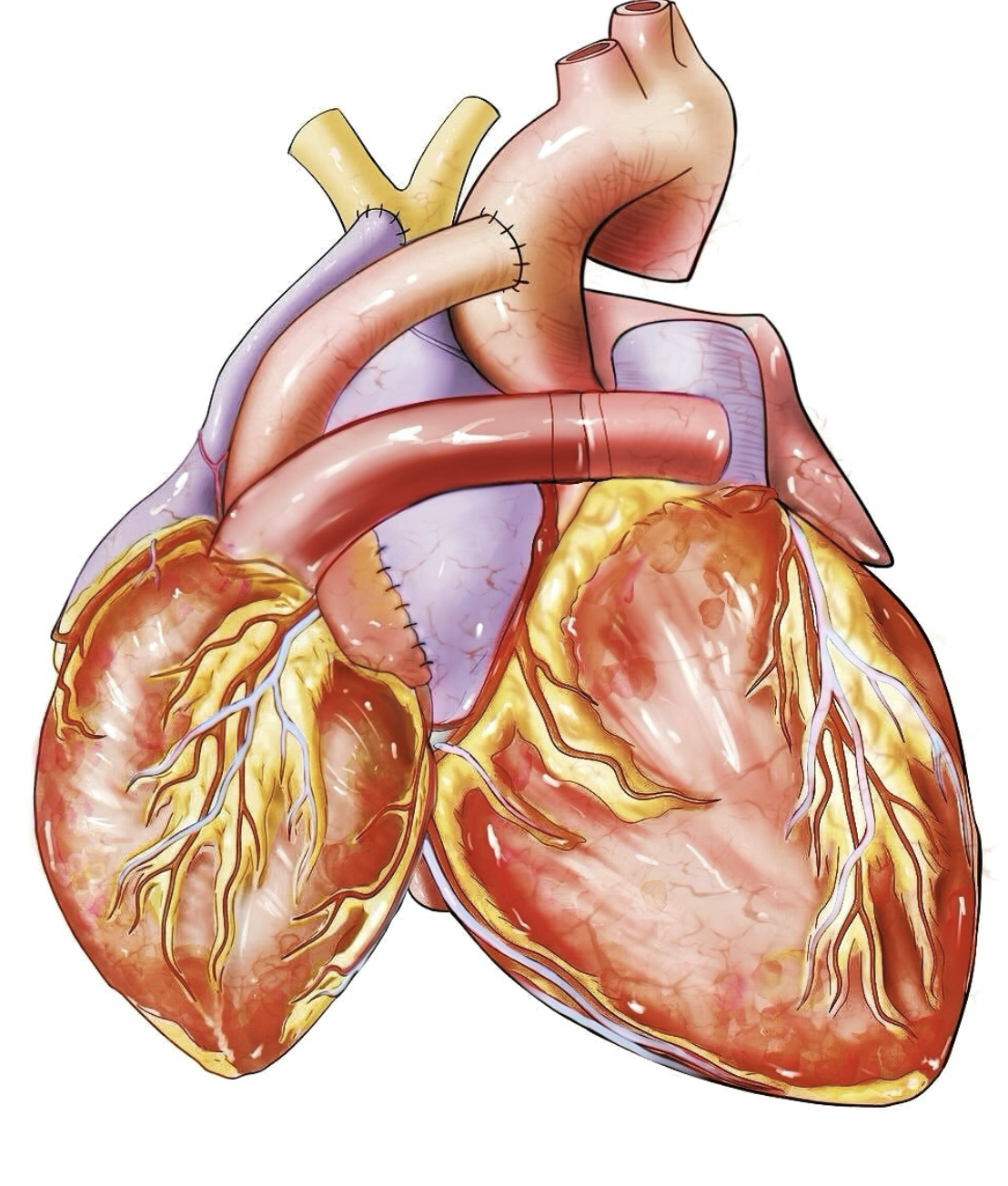To investigate the changing trends in cardiac function following xenogeneic heterotopic heart transplantation of multi-gene edited pig hearts and assess the impact of recipient immune responses on donor heart, laying experimental groundwork for the clinical application of gene editing technology
Zhipeng Ren1, huan wang1, ziqiang dai1, dianyuan li1.
1Cardiac and large vascular surgery, Suzhou Municipal Hospital, suzhou, People's Republic of China
Chengdu Zhongke Aoge Biotechnology Co., Ltd.. Surgical methods of heart transplantation. The changing experience of xenogeneic heart transplantation in China.


If I am lucky enough to be selected for this oral presentation, I will give a presentation on three different simultaneous heart xenotransplantation procedures, including many empirical problems arising from transplantation. For example, is there not enough volume for two hearts in the chest?Since December 16, 2023, a research team in China has conducted five xenogeneic heterotopic heart transplants between pigs and rhesus monkeys. These procedures involved three parallel experimental models designed to assess graft function and recipient immune response under postoperative stress.
Among these cases, one recipient survived for 46 days post-transplant, demonstrating the feasibility of simultaneous xenotransplantation. This marks a significant step forward, and the experience gained through these trials may offer valuable insights for colleagues in the field working toward improving xenotransplantation outcomes.
In this particular case, the transplanted pig heart was functionally integrated, partially supporting both pulmonary and systemic circulation in the recipient. The team also worked on optimizing the immunosuppressive protocol and surgical techniques specific to xenotransplantation. Notably, this case set a new national record for the longest survival time following a xenogeneic heart transplant in China.
While advancements in gene editing technologies have opened new possibilities for xenotransplantation, further research is necessary before these approaches can be translated into clinical practice.
[1] Allograft Survival
[2] Surgical methods
[3] Xenogeneic heart transplantation
[4] Immune rejection
[5] Exploration of multiple concurrent heart transplantation